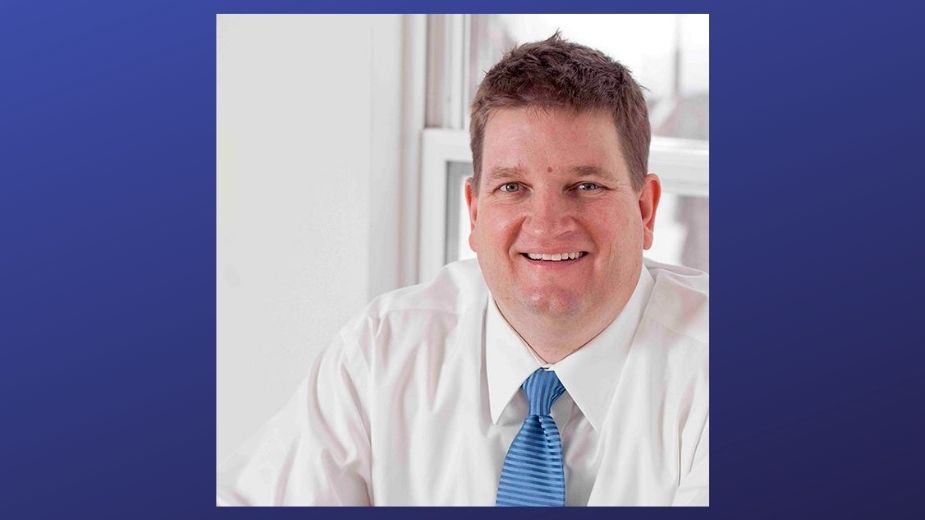Webinar: COVID-19 Creates a ‘Careful Economy’ Among Businesses
YOUNGSTOWN, Ohio — As new information about the coronavirus becomes known to the medical community, it’s difficult for economic experts to know when business will get back to normal – or what “normal” will look like.
That’s primarily because of the level of uncertainty of the virus’ impact on the business community, says Andrew Thomas, associate professor of international business at the University of Akron. In a webinar hosted by the Cleveland-based Magnet, Thomas offered his insights into the risks and implications of COVID-19, the disease spread by the coronavirus.
While much has been learned about the virus since the early part of the year, from both the public health and public policy perspectives, “What we still don’t know about the virus, its disease, the choices made because of it and the business implications could fill an empty stadium,” Thomas said.
From the public policy perspective, “We still don’t know how effective the lockdown” or other direct countermeasures were in protecting health care systems from being overrun or reducing the total amount of human suffering from COVID-19, he said. Nor do we know “the unintended consequences of these countermeasures.”
Viewing some of those countermeasures through the lens that 2020 is an election year, “All of this combines to make things very uncertain,” Thomas says.
What is known, he says, is the immediate consequences of the forced lockdown, including “an unemployment crisis” across many sectors, demand collapse, supply chain disruptions, “a near halt of capital flows and world trade,” and an exacerbated situation regarding global energy.
Among the hardest hit industries are hospitality and travel/tourism, which were significantly impacted “and will continue to be into the future,” he said. Live entertainment, hotels, airlines and other related facets of those industries make up 24% of the U.S. economy, according to Thomas. Options for those workers are few, including retraining for a new line of work.
“The concern is you have a lot of specialized knowledge in a lot of these areas,” he said. “And that knowledge is going to be lost if we lose those sectors. And even if those sectors come back, it doesn’t mean those people [in] a couple, three years from now would in fact migrate back to those industries.”
Even if those workers were to get retrained for another industry, for instance the information technology industry, Thomas said, companies like Google and Twitter “hire a fraction of the people” who would work in those other industries.
Consequences of the lockdown have led to what Thomas refers to as a “careful economy,” in which “stakeholders of an organization – employees, consumers, suppliers – everybody is much more focused on health and safety,” he said.
That results in greater short-term efficiency while providing new opportunities to “differentiate yourself” from competitors, he said.
“People will not forget,” he said. “If you’re doing things well and you’re cognizant of people’s concerns and you treat people right,” it gives them a reason to stay with the company long term, he said.
Uncertainty has also led to market consolidations, he said. Larger entities are consolidating while small- to medium-sized companies and organizations “fade away.” For companies that remain, Thomas said they can expect longer payment terms, higher demand for price concessions and increased capture of innovative value.
However, companies that do come out of the pandemic will have an opportunity for “tremendous productivity gains,” he noted.
As for the future post-COVID world, Thomas boiled it down to three scenarios.
The best case scenario, he said, is an economic surge in 2021, driven by an effective vaccine and proven therapies for the virus by late 2020 or early next year, herd immunity and the virus potentially burning itself out. That would be paired with public policy focused on keeping businesses open, with local “targeted lockdowns and closures” being the exception.
“Shutting down the whole nation was probably an overreaction given what we know now,” he said.
It would also require consumers to get back to “a high degree of pre-pandemic comfort,” he added.
“Any number of these things, any combinations of these assumptions, are likely,” Thomas said. “And we should be encouraged by this and have a rationally positive outlook going forward.”
The middle scenario outcome sees the virus becoming endemic in the human population two to three years, and businesses continue to learn and adapt to it – essentially, a continuation of the current situation, he said.
Such a scenario includes no vaccine or therapies, leading to infection, sickness and death rates at “acceptable levels,” more frequent local lockdowns and closures and consumers adapting to the circumstances, he said.
“It’s not perfect and certainly not the best scenario,” he said. “But it’s certainly not the end of the world type scenario we were fearing when it broke back in March and April.”
The U.S. should not, however, dismiss the upcoming influenza season, he said. Pairing “a significantly above-average season and a virus that continues to expand itself and cause lots of sickness and death” would exacerbate the situations, he said.
Finally, the worst case scenario involves accelerated sickness and death in the coming months with widespread lockdowns and closures, almost no consumer activity and “massive government intervention” to prevent depression-level poverty, he said.
In any case, Thomas advises against another large-scale shutdown, saying targeted closures “are much more effective.” And that in the end, gross domestic product is in the hands of the consumer, he said, reporting that the U.S. consumer makes up 15% of global GDP and 70% of U.S. GDP. What happens in the coming months will be driven in large part by consumer behavior.
“If the American consumer isn’t comfortable, you can see this ripple throughout supply chains,” he said.
Pictured: Andrew Thomas, associate professor of international business at the University of Akron.
Copyright 2024 The Business Journal, Youngstown, Ohio.



